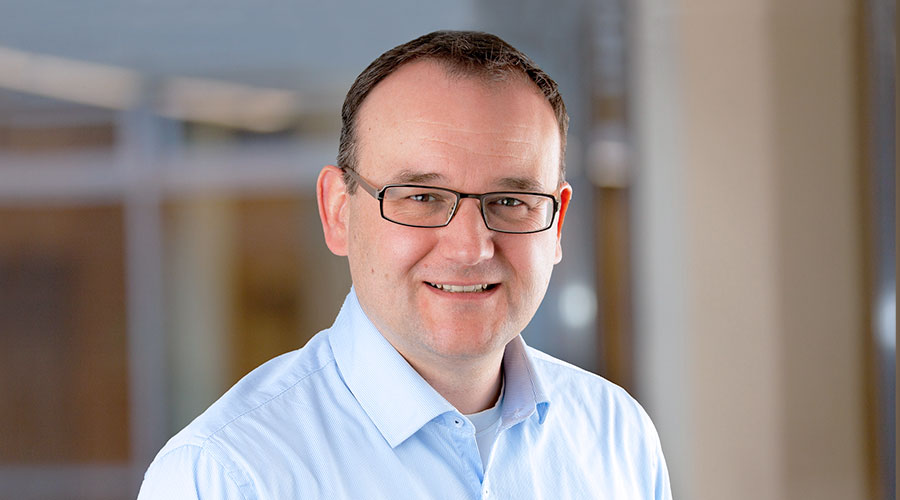Publikationen 2024
Diversification of the VH3-53 immunoglobulin gene segment by somatic hypermutation results in neutralization of SARS-CoV-2 virus variants. Bruhn M, Obara M, Salam A, Costa B, Ziegler A, Waltl I, Pavlou A, Hoffmann M, Graalmann T, Pöhlmann S, Schambach A, Kalinke U.Eur J Immunol. 2024 Jul;54(7):e2451056. Epub 2024 Apr 9.
Human cytomegalovirus exploits STING signaling and counteracts IFN/ISG induction to facilitate infection of dendritic cells. Costa B, Becker J, Krammer T, Mulenge F, Durán V, Pavlou A, Gern OL, Chu X, Li Y, Čičin-Šain L, Eiz-Vesper B, Messerle M, Dölken L, Saliba AE, Erhard F, Kalinke U.Nat Commun. 2024 Feb 26;15(1):1745.
Memory B cells anticipate SARS-CoV-2 variants through somatic hypermutation. Bruhn M, Obara M, Chiyyeadu A, Costa B, Salam A, Ziegler A, Waltl I, Pavlou A, Bonifacius A, Hoffmann M, Graalmann T, Pöhlmann S, Eiz-Vesper B, Schambach A, Kalinke U.J Infect. 2024 Jan;88(1):57-60. Epub 2023 Oct 31.
Publikationen 2023
RORγt+ c-Maf+ Vγ4+ γδ T cells are generated in the adult thymus but do not reach the periphery. Yang T, Barros-Martins J, Wang Z, Wencker M, Zhang J, Smout J, Gambhir P, Janssen A, Schimrock A, Georgiev H, León-Lara X, Weiss S, Huehn J, Prinz I, Krueger A, Foerster R, Walzer T, Ravens S.Cell Rep. 2023 Oct 31;42(10):113230. Epub 2023 Oct 9.
Publications 2022
Birch pollen extract enhances human cytomegalovirus replication in monocyte-derived dendritic cells. Fneish Z, Becker J, Mulenge F, Costa B, Krajewski L, Duran V, Ziegler A, Sommer V, Traidl-Hoffmann C, Gilles S, Kalinke U. Allergy. 2023 Feb;78(2):543-546. doi: 10.1111/all.15497. Epub 2022 Sep 13.
OMIP-084: 28-color full spectrum flow cytometry panel for the comprehensive analysis of human γδ T cells. Barros-Martins J, Bruni E, Fichtner AS, Cornberg M, Prinz I.Cytometry A. 2022 Oct;101(10):856-861. Epub 2022 May 6.
Impact of HBsAg and HBcrAg levels on phenotype and function of HBV-specific T cells in patients with chronic hepatitis B virus infection. Aliabadi E, Urbanek-Quaing M, Maasoumy B, Bremer B, Grasshoff M, Li Y, Niehaus CE, Wedemeyer H, Kraft ARM, Cornberg M. Gut. 2022 Nov;71(11):2300-2312. Epub 2021 Oct 26.
Publications 2021
Impact of HBsAg and HBcrAg levels on phenotype and function of HBV-specific T cells in patients with chronic hepatitis B virus infection. Aliabadi E, Urbanek-Quaing M, Maasoumy B, Bremer B, Grasshoff M, Li Y, Niehaus CE, Wedemeyer H, Kraft ARM, Cornberg M. Gut. 2021 Oct 26:gutjnl-2021-324646. doi: 10.1136/gutjnl-2021-324646. Epub ahead of print. PMID: 34702717.
The impact of hepatitis B surface antigen on natural killer cells in patients with chronic hepatitis B infection.
Du Y, Anastasiou OE, Strunz B, Scheuten J, Bremer B, Kraft A, Kleinsimglinhaus K, Todt D, Broering R, Hardtke-Wolenski M, Wu J, Yang D, Dittmer U, Lu M, Cornberg M, Björkström NK, Khera T, Wedemeyer H. Liver Int. 2021 Apr 1. doi: 10.1111/liv.14885. Online ahead of print. PMID: 33794040
Publications 2020
Efficient homing of T cells via afferent lymphatics requires mechanical arrest and integrin-supported chemokine guidance. Martens R, Permanyer M, Werth K, Yu K, Braun A, Halle O, Halle S, Patzer GE, Bošnjak B, Kiefer F, Janssen A, Friedrichsen M, Poetzsch J, Kohli K, Lueder Y, Gutierrez Jauregui R, Eckert N, Worbs T, Galla M, Förster R. Nat Commun. 2020 Feb 28;11(1):1114. doi: 10.1038/s41467-020-14921-w. PMID: 32111837; PMCID: PMC7048855.
MAIT cells are enriched and highly functional in ascites of patients with decompensated liver cirrhosis. Niehaus CE, Strunz B, Cornillet M, Falk CS, Schnieders A, Maasoumy B, Hardtke S, Manns MP, Rm Kraft A, Björkström NK, Cornberg M. Hepatology. 2020 Feb 3. doi: 10.1002/hep.31153. Online ahead of print.
Triple RNA-Seq Reveals Synergy in a Human Virus-Fungus Co-infection Model. Seelbinder B, Wallstabe J, Marischen L, Weiss E, Wurster S, Page L, Löffler C, Bussemer L, Schmitt AL, Wolf T, Linde J, Cicin-Sain L, Becker J, Kalinke U, Vogel J, Panagiotou G, Einsele H, Westermann AJ, Schäuble S, Loeffler J. Cell Rep. 2020 Nov 17;33(7):108389. doi: 10.1016/j.celrep.2020.108389. PMID: 33207195. B9
Microbiota-Induced Type I Interferons Instruct a Poised Basal State of Dendritic Cells. Schaupp L, Muth S, Rogell L, Kofoed-Branzk M, Melchior F, Lienenklaus S, Ganal-Vonarburg SC, Klein M, Guendel F, Hain T, Schütze K, Grundmann U, Schmitt V, Dorsch M, Spanier J, Larsen PK, Schwanz T, Jäckel S, Reinhardt C, Bopp T, Danckwardt S, Mahnke K, Heinz GA, Mashreghi MF, Durek P, Kalinke U, Kretz O, Huber TB, Weiss S, Wilhelm C, Macpherson AJ, Schild H, Diefenbach A, Probst HC. Cell. 2020 May 28;181(5):1080-1096.e19. doi: 10.1016/j.cell.2020.04.022. Epub 2020 May 6. PMID: 32380006. B9
Selective reconstitution of IFN‑γ gene function in Ncr1+ NK cells is sufficient to control systemic vaccinia virus infection. Borst K, Flindt S, Blank P, Larsen PK, Chhatbar C, Skerra J, Spanier J, Hirche C, König M, Alanentalo T, Hafner M, Waibler Z, Pfeffer K, Sexl V, Sutter G, Müller W, Graalmann T, Kalinke U. PLoS Pathog. 2020 Feb 5;16(2):e1008279. doi: 10.1371/journal.ppat.1008279. PMID: 32023327; PMCID: PMC7028289. B9
Publications 2019
Reply to: “Lack of Kupffer cell depletion in diethylnitrosamine-induced hepatic inflammation”. Borst K, Graalmann T, Kalinke U. J Hepatol. 2019 Apr;70(4):815-816. doi: 10.1016/j.jhep.2018.12.034. Epub 2019 Feb 1. No abstract available.
Control of Nipah Virus Infection in Mice by the Host Adaptors Mitochondrial Antiviral Signaling Protein (MAVS) and Myeloid Differentiation Primary Response 88 (MyD88). Iampietro M, Aurine N, Dhondt KP, Dumont C, Pelissier R, Spanier J, Vallve A, Raoul H, Kalinke U, Horvat B. J Infect Dis. 2019 Dec 19. pii: jiz602. doi: 10.1093/infdis/jiz602. B9
Reply to: „Unveiling the depletion of Kupffer cells in experimental hepatocarcinogenesis through liver macrophage subtype-specific markers“. Borst K, Graalmann T, Kalinke U. J J Hepatol. 2019 Sep;71(3):633-635. doi: 10.1016/j.jhep.2019.05.012. Epub 2019 Jun 18.
STING induces early IFN-β in the liver and constrains myeloid cell-mediated dissemination of murine cytomegalovirus. Tegtmeyer PK, Spanier J, Borst K, Becker J, Riedl A, Hirche C, Ghita L, Skerra J, Baumann K, Lienenklaus S, Doering M, Ruzsics Z, Kalinke U. Nat Commun. 2019 Jun 27;10(1):2830.
Preferential uptake of chitosan-coated PLGA nanoparticles by primary human antigen presenting cells. Durán V, Yasar H, Becker J, Thiyagarajan D, Loretz B, Kalinke U, Lehr CM. Nanomedicine. 2019 Oct;21:102073. Epub 2019 Jul 31.
RNA-Based Adjuvants: Immunoenhancing Effect on Antiviral Vaccines and Regulatory Considerations. Ziegler A, Hinz T, Kalinke U. Crit Rev Immunol. 2019;39(1):1-14.









